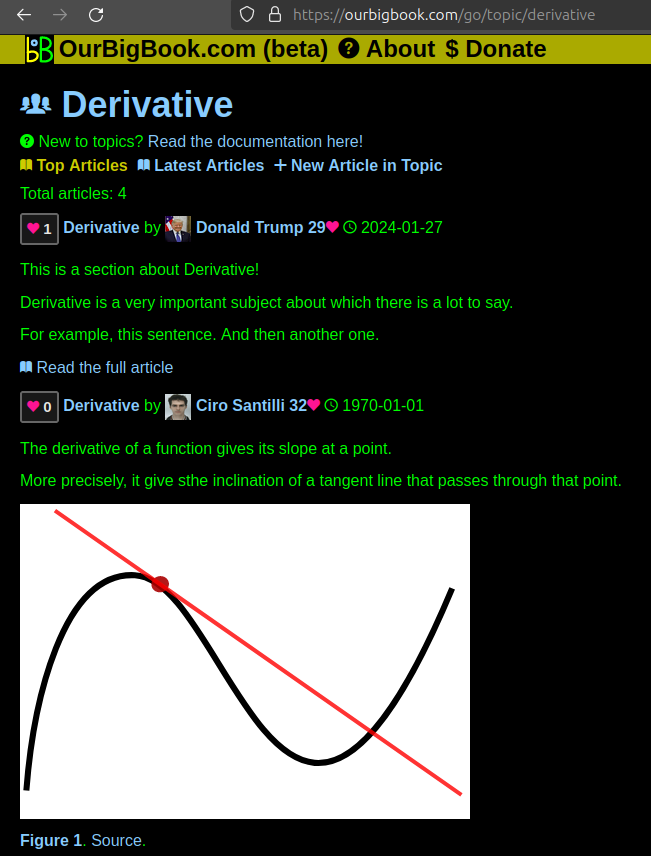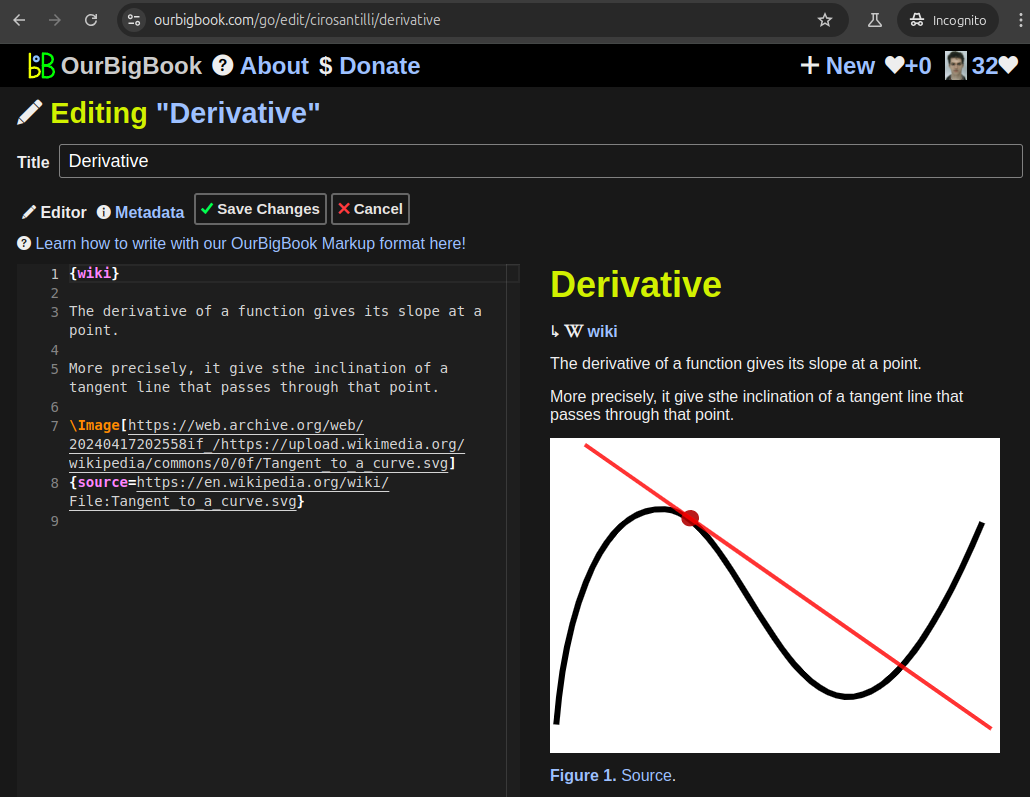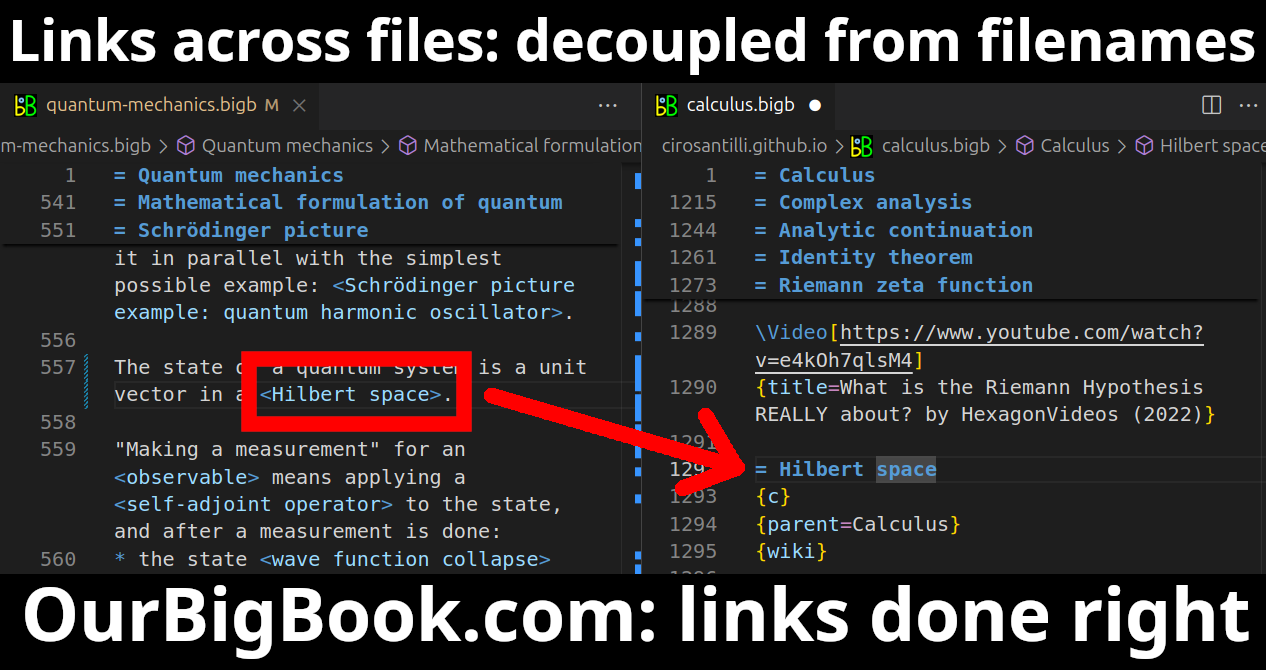The number 130 is an integer that comes after 129 and before 131. It is an even number and can be expressed as a combination of its prime factors: \(2 \times 5 \times 13\). In terms of its properties: - It is a composite number, meaning it has divisors other than 1 and itself. - It can be expressed in various numerical bases, such as binary (10000010), octal (202), or hexadecimal (82).
The number 134 is an integer that follows 133 and precedes 135. It is an even number and can be expressed as the sum of two prime numbers (67 + 67). It can also be represented in various numeral systems: in binary, it is written as 10000110, and in Roman numerals, it is written as CXXXIV.
In the context of module theory, a module \( M \) over a ring \( R \) is said to be countably generated if there exists a countable set of elements \( \{ m_1, m_2, m_3, \ldots \} \) in \( M \) such that every element of \( M \) can be expressed as a finite \( R \)-linear combination of these generators.
The number 150 is an integer that follows 149 and precedes 151. It is an even number and can be broken down into its prime factors as \( 2 \times 3 \times 5^2 \). In terms of its properties, 150 is a composite number, an abundant number (the sum of its proper divisors is greater than the number itself), and it has various representations in different bases.
The number 155 is an integer that follows 154 and precedes 156. It is an odd number and can be expressed in various numerical contexts. Here are a few interesting facts about the number 155: 1. **Prime Factorization**: The prime factorization of 155 is \(5 \times 31\). 2. **Roman Numerals**: In Roman numerals, 155 is written as CLV.
The barn is a unit of area used in nuclear and particle physics to quantify the cross-sectional area of atomic nuclei and subatomic particles during interactions. It is not a standard unit of measurement in everyday contexts but is specific to the field of physics. One barn is defined as \(10^{-28}\) square meters, or 100 square femtometers (fm²).
The number 173 is a natural number that follows 172 and precedes 174. Here are some interesting mathematical properties and facts about the number 173: 1. **Prime Number**: 173 is a prime number, which means it has no positive divisors other than 1 and itself. 2. **Odd Number**: It is an odd number, as it is not divisible by 2.
The concept of multiple time dimensions refers to theoretical frameworks in physics and mathematics where time is not limited to a single linear progression. Instead, these frameworks propose the existence of more than one dimension of time, which can lead to various implications for how we understand the universe. 1. **Theoretical Physics**: In some advanced physical theories, particularly in the context of string theory or higher-dimensional models, additional time dimensions could be considered alongside spatial dimensions.
A Kneser graph \( K(n, k) \) is a graph defined using the combinatorial structure of sets. Specifically, it is constructed from the set of all \( k \)-element subsets of an \( n \)-element set. The vertices of the Kneser graph correspond to these \( k \)-element subsets, and two vertices (i.e., subsets) are adjacent if and only if the corresponding subsets are disjoint.
In the context of commutative algebra and algebraic geometry, a regular sequence is a fundamental concept that relates to the properties of ideals and modules over a ring.
String theory is a theoretical framework in physics that attempts to reconcile quantum mechanics and general relativity, two fundamental but seemingly incompatible theories that describe how the universe works at very small and very large scales. The core idea of string theory is that the fundamental building blocks of the universe are not point-like particles, as traditionally thought, but rather tiny, vibrating strings of energy.
Pinned article: Introduction to the OurBigBook Project
Welcome to the OurBigBook Project! Our goal is to create the perfect publishing platform for STEM subjects, and get university-level students to write the best free STEM tutorials ever.
Everyone is welcome to create an account and play with the site: ourbigbook.com/go/register. We belive that students themselves can write amazing tutorials, but teachers are welcome too. You can write about anything you want, it doesn't have to be STEM or even educational. Silly test content is very welcome and you won't be penalized in any way. Just keep it legal!
Intro to OurBigBook
. Source. We have two killer features:
- topics: topics group articles by different users with the same title, e.g. here is the topic for the "Fundamental Theorem of Calculus" ourbigbook.com/go/topic/fundamental-theorem-of-calculusArticles of different users are sorted by upvote within each article page. This feature is a bit like:
- a Wikipedia where each user can have their own version of each article
- a Q&A website like Stack Overflow, where multiple people can give their views on a given topic, and the best ones are sorted by upvote. Except you don't need to wait for someone to ask first, and any topic goes, no matter how narrow or broad
This feature makes it possible for readers to find better explanations of any topic created by other writers. And it allows writers to create an explanation in a place that readers might actually find it.Figure 1. Screenshot of the "Derivative" topic page. View it live at: ourbigbook.com/go/topic/derivativeVideo 2. OurBigBook Web topics demo. Source. - local editing: you can store all your personal knowledge base content locally in a plaintext markup format that can be edited locally and published either:This way you can be sure that even if OurBigBook.com were to go down one day (which we have no plans to do as it is quite cheap to host!), your content will still be perfectly readable as a static site.
- to OurBigBook.com to get awesome multi-user features like topics and likes
- as HTML files to a static website, which you can host yourself for free on many external providers like GitHub Pages, and remain in full control
Figure 3. Visual Studio Code extension installation.Figure 4. Visual Studio Code extension tree navigation.Figure 5. Web editor. You can also edit articles on the Web editor without installing anything locally.Video 3. Edit locally and publish demo. Source. This shows editing OurBigBook Markup and publishing it using the Visual Studio Code extension.Video 4. OurBigBook Visual Studio Code extension editing and navigation demo. Source. - Infinitely deep tables of contents:
All our software is open source and hosted at: github.com/ourbigbook/ourbigbook
Further documentation can be found at: docs.ourbigbook.com
Feel free to reach our to us for any help or suggestions: docs.ourbigbook.com/#contact






